Next-generation solar cell development support recipients
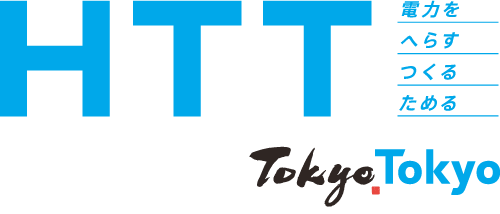
Tokyo is promoting efforts to realize a decarbonized society and ensure a stable supply of energy, based on the key concepts of electricity HTT: “(H) reduce, (T) create, (T) store.”
As part of these efforts, the Ministry of Economy, Trade and Industry (METI) is implementing the “Next-generation Solar Cell Social Implementation Promotion Project,” which subsidizes part of the demonstration costs for developers of “next-generation solar cells*,” solar cells developed in Japan that are characterized by being thin, light, and flexible, with the aim of commercializing these cells.
We are pleased to announce that the subsidy recipients have been selected.
We are still accepting applications for subsidy recipients for this project.
Eligible businesses
YKK AP Corporation, Toshiba Energy Systems & Solutions Corporation, Kandenko Corporation
Business overview
Demonstration of Building Integrated Photovoltaic (BIPV) Inner Window Using Next-Generation Solar Cells
- Verification of the power generation performance of next-generation solar cells (comparison with silicon solar cells, etc.)
- Verification of electrical systems, workability, and maintainability for the installation of next-generation solar cells on inner windows
- Check the power generation performance of next-generation solar cells through heat-reflecting glass and examine the possibility of widespread use
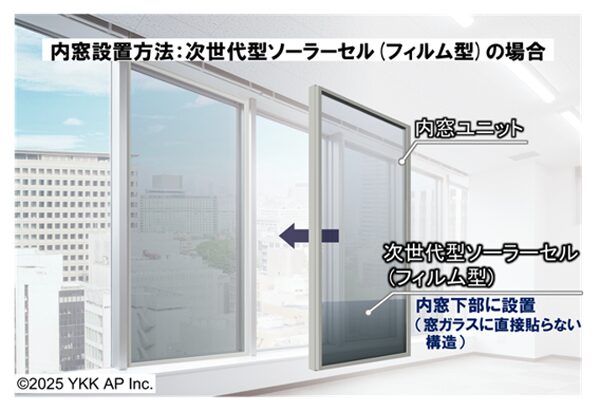
Installation location
Building in Aomi area
Business period
June 2025 – February 2026 (planned)
About the Next-Generation Solar Cell Social Implementation Promotion Project
Business overview
In order to quickly commercialize next-generation solar cells, we aim to accelerate their social implementation by subsidizing part of the costs of demonstration projects conducted by development companies.
Requirements for eligible projects
- Taking into account the regional characteristics of the city, identify issues and verify the effectiveness of the spread of next-generation solar cells in the city.
- Those who plan to continue to utilize the results of the grant-received project in Tokyo and have plans to work toward early social implementation in Tokyo, etc.
Grant amount
2/3 of the costs required for the demonstration project (research and design costs, equipment costs, construction costs, etc.) (maximum: 40 million yen)
Application period
April 1, 2025 – March 31, 2026 (ends when the total amount of applications reaches the budget amount)
Budget amount
120 million yen
Application reception desk
(Public Interest Foundation) Tokyo Metropolitan Environmental Public Corporation, Tokyo Metropolitan Center for the Promotion of Activities to Prevent Global Warming (Cool Net Tokyo)
Business Website
Website (link to external site)

*About next-generation solar cells
This solar cell uses a crystal structure called perovskite.
Compared to silicon-based solar cells, it has the following features and is expected to be highly competitive with silicon-based solar cells.
1)Because it is “thin, light and flexible,” it can be installed in a wider range of locations.
2)Development of manufacturing technology may lead to mass production and lower manufacturing costs.
3)In addition to being a technology originating in Japan, approximately 30% of the world’s iodine, the main raw material, is produced domestically in Japan.
This project is an initiative to promote the “Tokyo 2050 Strategy.”
Strategy 20: Zero-emission “Making renewable energy the core energy source”

| Contact: (About the subsidy system) Tokyo Metropolitan Government, Bureau of Environment, Climate Change Policy Planning Division Phone: 03-5388-3524 (Regarding application acceptance) Tokyo Metropolitan Environmental Public Corporation, Tokyo Metropolitan Government Global Warming Prevention Activities Promotion Center (Cool Net Tokyo) Phone: 03-6258-5313 |
その他のお知らせ
-
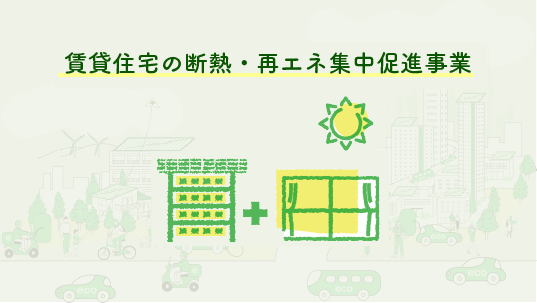 Power and Communications
Power and Communications -
 Power and Communications
Power and Communications -
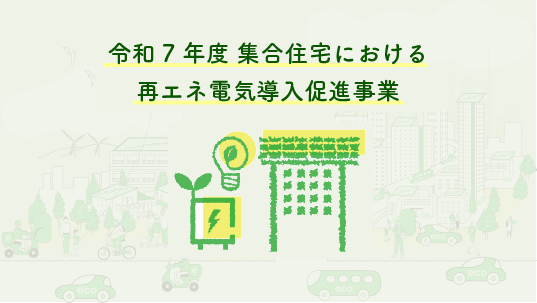 Power and Communications
Power and Communications -
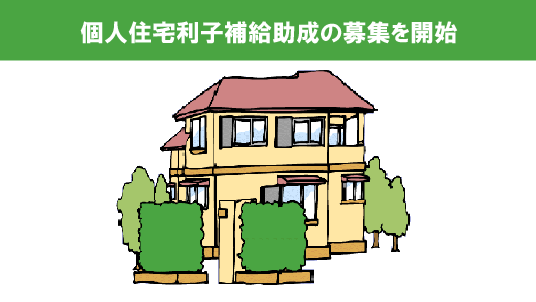 Power and Communications
Power and Communications

